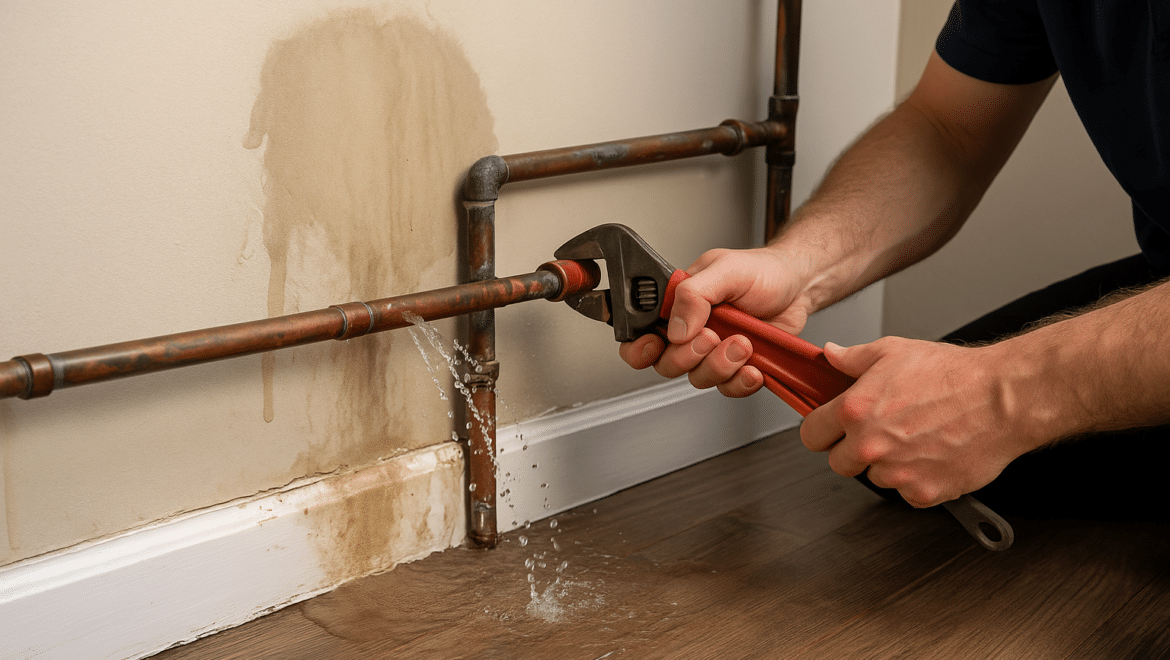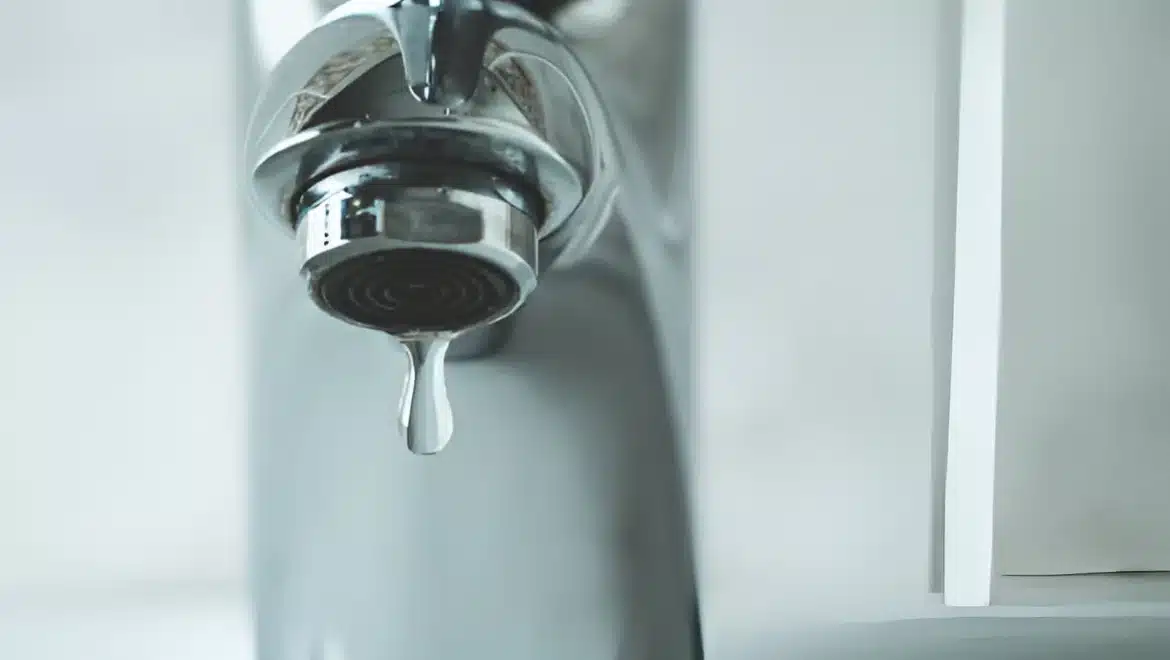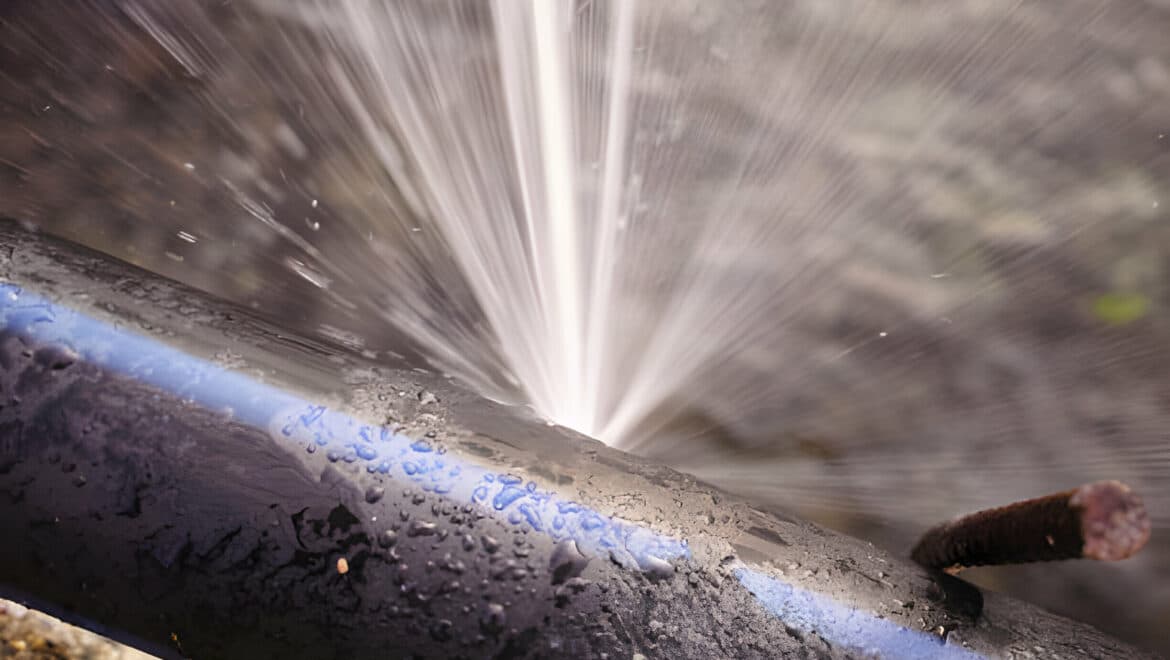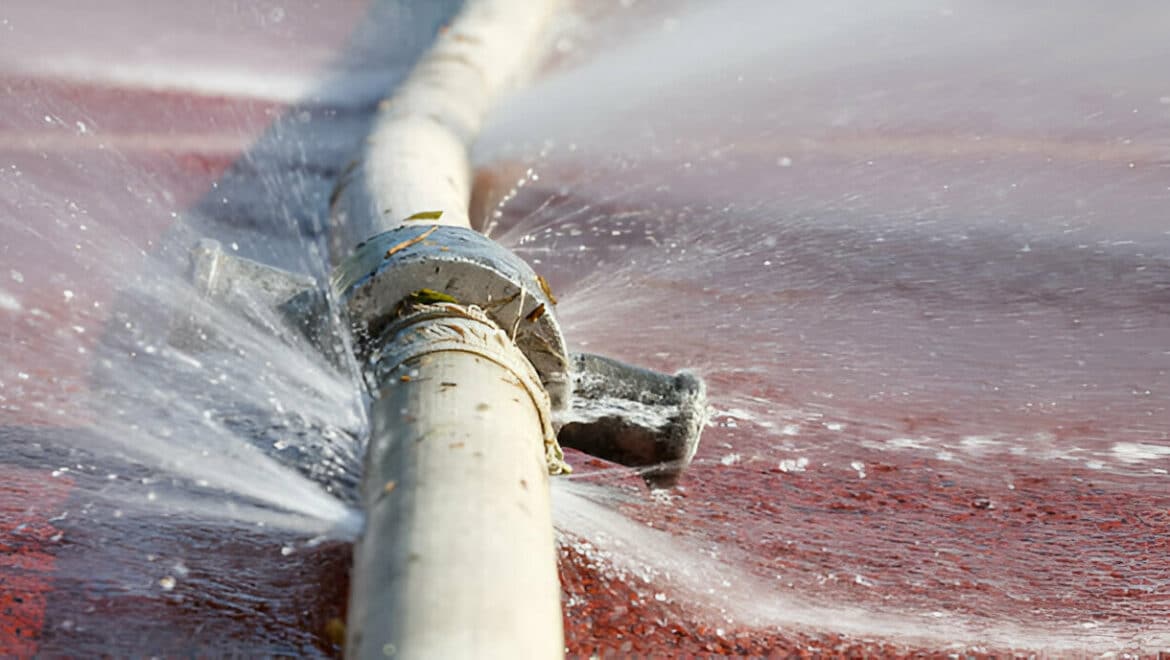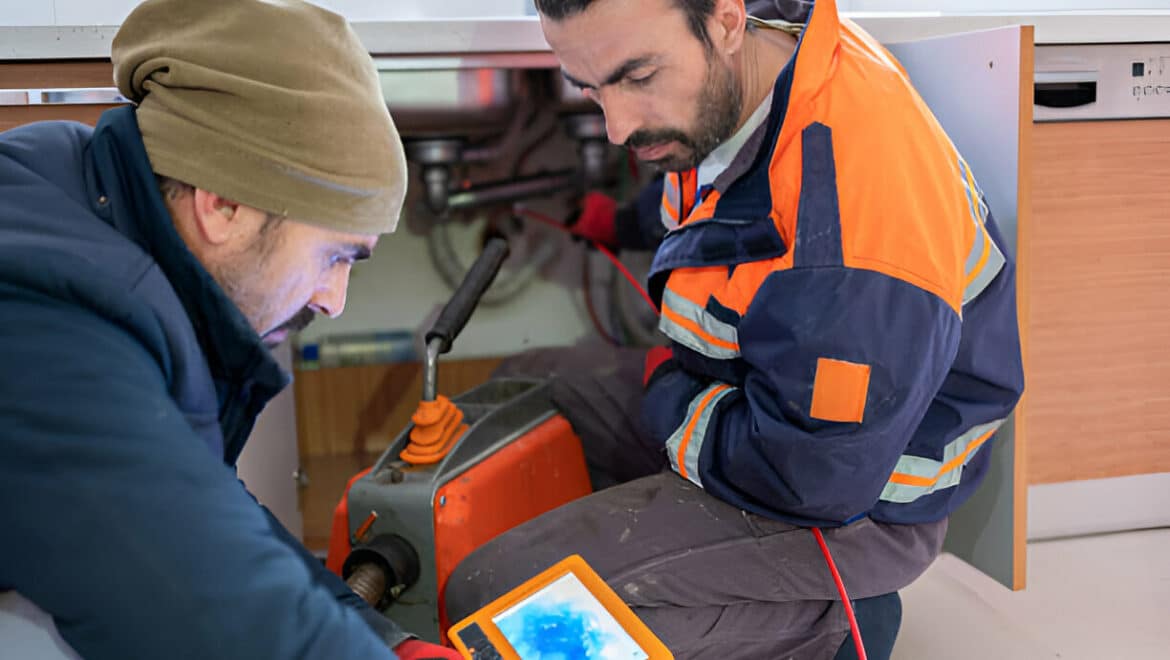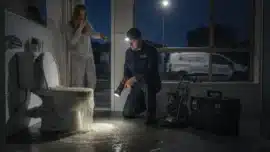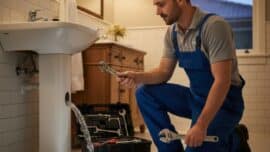How to Spot and Fix Damaged Pipes Before They Cause Major Water Damage
Why Damaged Pipes Are More Than Just a Leak
A small crack in a pipe might seem harmless at first until it turns into a burst pipe flooding your home. Damaged pipes don’t just waste water; they threaten your property’s structure, your health, and your bank balance. In fact, burst pipe water damage can cost thousands to repair if left unchecked. At SE Plumbing, we’ve spent over 20 years helping homeowners in Sydney, Sutherland Shire, Illawarra, and St George detect and fix pipe problems before they escalate. This guide will help you recognise early warning signs, understand what causes pipe damage, and know exactly what to do when it happens.
How to Recognise Damaged Pipes Before It’s Too Late
As experienced plumbers, we’ve developed a diagnostic checklist that quickly reveals potential pipe problems.
Water Bills Creeping Up
If your water bill is rising but your usage hasn’t changed, you may have a hidden leak. Even a small drip can waste thousands of liters per year.
Changes in Water Pressure
A sudden drop in pressure often signals a break or blockage in the system. If the issue affects multiple taps, it’s usually in the main supply line.
Visible Stains or Damp Patches
Brown stains, bubbling paint, or warped skirting boards are classic signs of water seeping from a damaged pipe behind walls or under floors.
Discoloured or Rusty Water
Corrosion inside older metal pipes releases rust particles into your water, turning it brown or yellow.
Unusual Pipe Noises
Banging, gurgling, or whistling sounds often mean trapped air, high pressure, or loose fittings all of which can stress your plumbing.
Pro Tip from the field: In Miranda, we traced low water pressure to a hairline crack in a main supply pipe. Left unrepaired, it would have burst within weeks.
What Causes Broken, Burst, or Damaged Pipes (From a Plumber’s Perspective)
Over two decades, we’ve seen the same culprits cause most pipe problems.
- Age-related wear: PVC can last 50+ years, copper up to 70, but galvanised steel often fails much sooner.
- Corrosion: Hard water minerals and pH imbalances eat away at pipe walls.
- Tree root intrusion: Roots can detect even tiny leaks and force their way into underground pipes.
- Pressure and temperature extremes: Stress points from high water pressure or, rarely in Sydney, freezing temperatures.
Poor installation or unlicensed repairs: We’ve repaired countless jobs where improper joints or cheap materials were used.
The Cost of Ignoring the Problem
Delaying repairs often turns a small issue into a major crisis.
- Structural damage: Water can weaken walls, floors, and foundations.
- Mould growth: Damp areas become breeding grounds for harmful spores.
- Soaring bills: Even a slow leak wastes hundreds of litres daily.
- Sudden failures: A weak pipe can burst unexpectedly, causing widespread damage.
Case in point: A family in Engadine ignored a small damp patch behind their kitchen cabinets. Weeks later, a full burst ruined cabinetry, flooring, and wall framing costing $18,000 to fix.
What to Do in a Pipe Emergency
If a pipe bursts, every minute counts. Here’s our emergency checklist.
- Turn off your main water supply usually near the front boundary of your property.
- Shut off electricity if water is near wiring.
- Open taps to release pressure and drain remaining water.
- Move valuables out of harm’s way.
Call SE Plumbing immediately for 24/7 burst pipe repairs.
Expert note: Know your shut-off valve location before you need it we can show you during a maintenance visit.
How Professionals Repair Damaged Pipes
We believe in process transparency so you know exactly what to expect.
Step 1 – Detailed Inspection
We use CCTV drain cameras, thermal imaging, and acoustic detection to pinpoint the problem without unnecessary wall or floor removal.
Step 2 – Selecting the Right Repair
- Pipe patching for small leaks.
- Section replacement for moderate damage.
- Pipe relining for trench less, long-term fixes with minimal disruption.
- Full replacement if the pipe network is beyond repair.
Step 3 – Quality Assurance
Repairs are tested under pressure and checked against Australian standards to ensure durability.
Preventing Future Pipe Problems
Prevention is always better than an emergency repair bill. We recommend:
- Annual plumbing inspections to catch early signs of wear.
- Monitoring water pressure to avoid strain on joints and fittings.
- Root barriers if you have large trees near underground lines.
- Replacing older pipes before they fail.
- Insulating exposed pipes in cooler seasons.
Why Trust SE Plumbing With Your Pipe Repairs
- 20+ years experience in Sydney and surrounding areas.
- Fully licensed and insured plumbers.
- State-of-the-art diagnostic tools for precision work.
- Transparent, upfront pricing no hidden surprises.
24/7 emergency service when you need us most.
We’ve built our reputation on quality, reliability, and treating every customer like family.
Final Thoughts Act Before the Damage Grows
Damaged pipes rarely get better on their own they get worse, fast. By spotting early warning signs, acting quickly in emergencies, and trusting licensed professionals, you can avoid the nightmare of burst pipe water damage. If you suspect a leak or see any signs of trouble, don’t wait. Call SE Plumbing on 0414 651 351 for expert pipe inspection and repair services anywhere in Sydney, Sutherland Shire, Illawarra, and St George.

